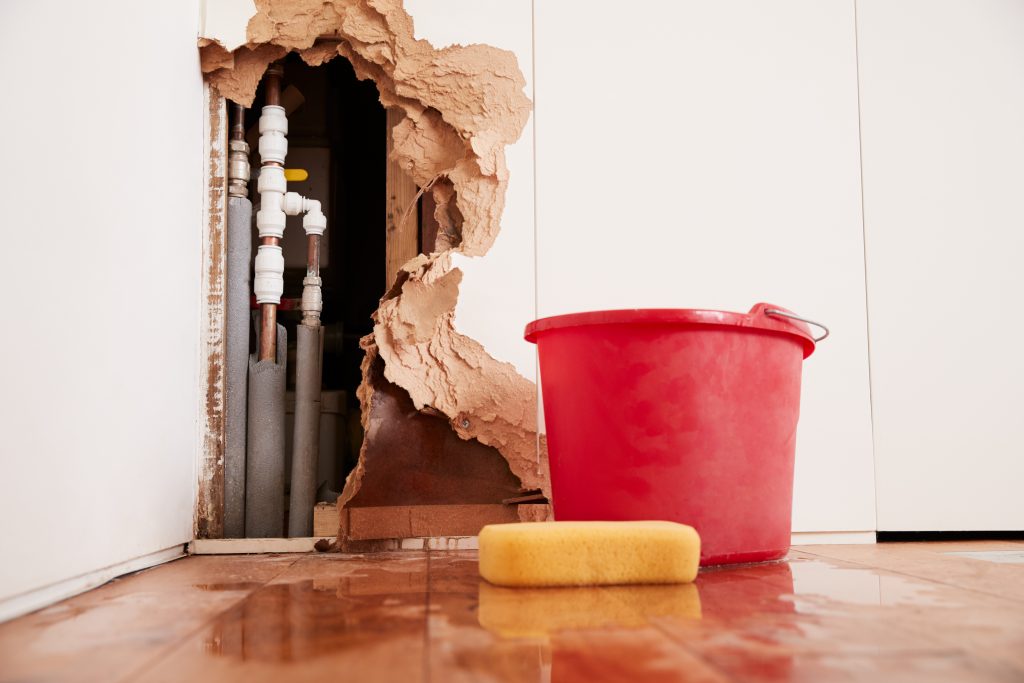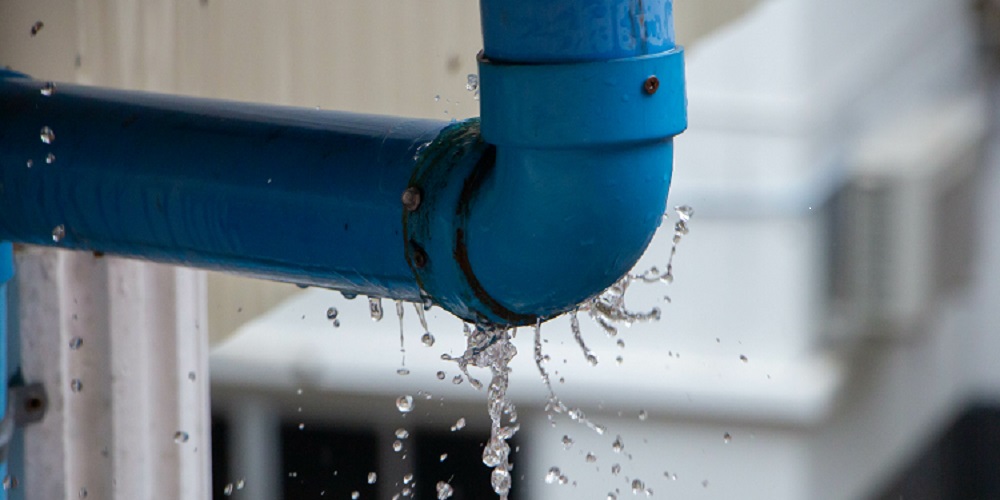How to Examine If Your Home Has a Concealed Leak
How to Examine If Your Home Has a Concealed Leak
Blog Article
Each person seems to have his or her own way of thinking when it comes to Finding hidden leaks.

The minute you locate a leak, calling your plumber for repairs is the best solution. Some tiny water leaks might not be visible. Here are some hacks that help if you can not spot it with your nude eyes.
Early detection of leaking water lines can minimize a prospective calamity. Besides conserving you money, it will reduce the stress and also irritation.
Examine Water Intake
If you identify unexpected adjustments, regardless of your intake being the very same, it means that you have leakages in your plumbing system. An unexpected spike in your costs shows a fast-moving leak.
On the other hand, a steady boost every month, even with the same behaviors, shows you have a slow leak that's additionally slowly intensifying. Call a plumber to extensively inspect your building, particularly if you really feel a warm location on your flooring with piping beneath.
Evaluate the situation as well as evaluate
House owners need to make it a behavior to check under the sink counters as well as also inside cabinets for any type of bad odor or mold and mildew development. These two red flags show a leak so timely interest is called for. Doing regular inspections, also bi-annually, can conserve you from a major problem.
Take A Look At the Water Meter
Every house has a water meter. Examining it is a surefire manner in which helps you find leakages. For beginners, switch off all the water resources. Make sure no one will flush, utilize the tap, shower, run the cleaning machine or dishwashing machine. From there, go to the meter as well as watch if it will certainly change. Since no person is using it, there should be no motions. If it moves, that indicates a fast-moving leakage. Likewise, if you identify no changes, wait a hr or 2 and also check back once again. This suggests you might have a sluggish leakage that can even be underground.
Asses Exterior Lines
Don't forget to inspect your exterior water lines too. Test spigots by affixing a yard hose pipe. Ought to water permeate out of the link, you have a loosened rubber gasket. Replace this as well as guarantee all connections are limited. If you've obtained an automatic sprinkler, it will aid get it expertly took a look at and preserved each year. One small leakage can squander tons of water and spike your water costs.
Do a Food Coloring Examination
When it comes to water consumption, 30% comes from toilets. If the color in some way infiltrates your bowl during that time without flushing, there's a leak between the tank as well as bowl.
Extra importantly, if you understand your house is already old, maintain a watchful eye on your heating systems, hose pipes, pipes etc. Check for stainings and also damaging as many pipelines and home appliances have a life expectancy. They will likewise naturally weaken because of tear as well as use. If you presume dripping water lines in your plumbing system, don't wait on it to intensify. Call a professional plumber as soon as possible so you do not wind up with an awful mess in your house.
The moment you find a leak, calling your plumber for repairs is the ideal remedy. Some little water leakages might not be noticeable. Inspecting it is a guaranteed way that aids you uncover leakages. One small leak can squander loads of water and spike your water bill.
If you suspect dripping water lines in your plumbing system, do not wait for it to intensify.
The Dangers of Undetected Water Leaks
Mold
One of the most common results of undetected water leaks in your home is mold. Under the right conditions, mold can begin to grow and spread in just a day or two.
Moisture from water leaks combined with humidity and lack of ventilation allow mold spores to germinate and start spreading.
And while household mold doesn’t carry the same health risks as substances like asbestos, they can cause allergic reactions in people sensitive to them or with asthma.
Structural Damage
When water leaks occur in places we can’t see — above the ceiling, behind walls or beneath floors — they often have time to do some serious damage before making themselves known.
You might notice cracks or bubbles appear in your walls or a slow drip or water from the ceiling.
These are signs of water leaks and buildups in the structure of your home. If you don’t jump on these problems soon enough, the wood frame that supports your house could start rotting, leading to costly repairs and increasing the risk of disasters like ceiling or wall collapses.
Water Waste
According to the Alliance for Water Efficiency, the average home can lose anywhere from 2,000 to 20,000 gallons of water per year due to leaks.
High numbers like that might make you imagine a burst pipe spewing out water. But believe it or not, even a small, constant drip from a kitchen sink could add up to over a thousand gallons of wasted water in a single year.
And if you live in a place where you pay for every gallon of water you use, that adds up to a lot of dollars down the drain. So we understand leaks are bad. Let’s take a look at some of the common (and not-so- common) water leaks you might find around your home.
Flush Valve Flapper
The flush valve flapper is a rubber flap that sits above the flush valve at the bottom of the tank. It’s attached to the flusher with a chain. Over time, it can get worn out and lose its seal, causing an endless flow of water into the toilet bowl.
These leaks are hard to detect since they’re usually silent, but there’s a little insider trick you can use with just a little dye or food coloring:
Put a few drops in the toilet tank. Check the water in your toilet bowl 15 minutes later. If any of the color made it into the toilet bowl, you’ll know what the culprit is.
Fill Valve
The fill valve is what replenishes your toilet’s tank water after you flush. If you’ve ever looked inside your toilet tank and seen water gushing out of an upright plastic valve, that’s a faulty fill valve.
https://meetflo.com/blogs/flo/how-to-find-and-repair-water-leaks-a-comprehensive-guide

As a serious reader about Detecting hidden plumbing leaks, I think sharing that blog post was sensible. Remember to take a moment to share this post if you enjoyed it. We love reading our article about Top leak detection hacks.
Report this page